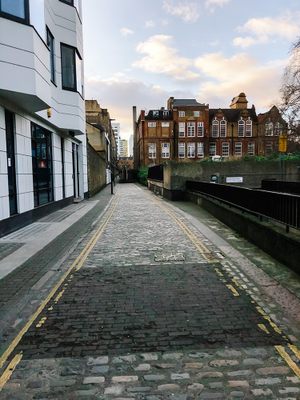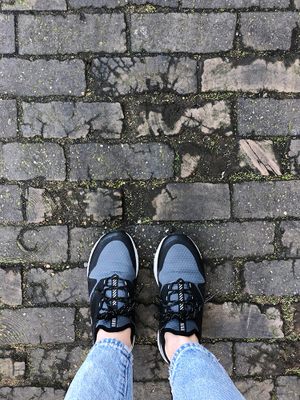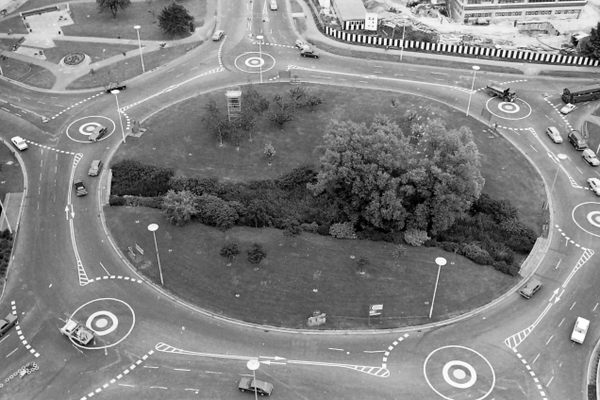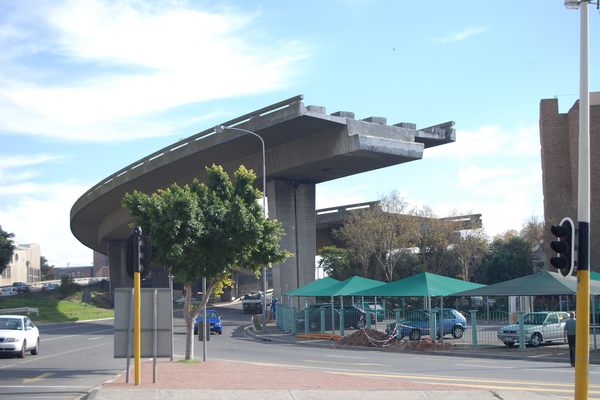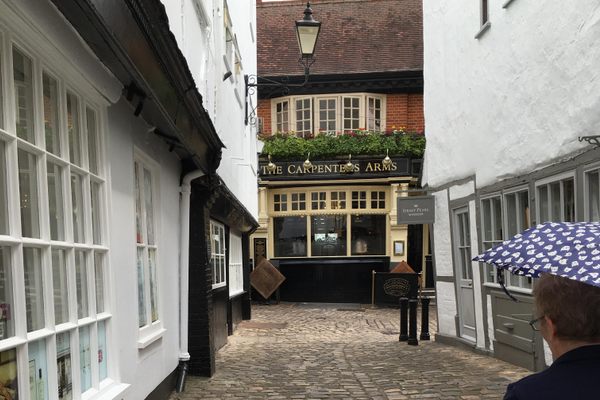About
During the Victorian era in London, wood overtook cobblestone as the favored road-building material. As horse and wagon traffic increased throughout the city, the sounds created by their passing over the stones became a major nuisance. In the fight to reduce this cacophony, woodblock paving was introduced, touted for its sound-dampening qualities.
One survey suggested that wood also provided a better foothold for horses during wet weather, allowing them to safely travel long distances across the city. Wood was also prized for its durability and could reduce the cost of maintenance. Given these benefits, wood was quickly used to repave many of London's busiest streets, presumably providing great auditory relief to the growing populous.
But before long, the city's needs changed again. With the introduction of cars, horses became less common and modern construction materials overtook old paving methods. The wooden blocks often became damp, absorbed smells, and were found to be difficult to clean. The wooden streets were therefore removed—although not without incident.
It's said that it caused a period of minor chaos, as London residents were allowed to take the old wooden blocks. This caused a bit of a struggle amongst the masses as residents tried to claim as much wood as possible to use as firewood.
Today, there may be just one section left of this once-common wooden paving in all of London. It can be found on Chequer Street, EC1, directly across from Bunhill Fields Burial Ground where famous Londoners including the poet and painter William Blake were laid to rest.
Located nearby is Quaker Gardens, the former first burial ground for the city's Quaker population. The area operated as a cemetery from 1661 to 1855. The leader of the Quakers, George Fox, along with 12,000 other souls were interned here. All that is left of this burial plot, is the western wall at the end of Chequer Street.
Related Tags
Know Before You Go
The wooden paving is located at the east end of Chequer Street near the intersection with Bunhill Row and close to Bunhill Fields. It is between the two white buildings (at the open end of Chequer Street) a few feet across the road from the graveyard.
This section of Chequers Street leads to a dead end, but be careful to avoid other pedestrians and cyclists while inspecting the paving.
Community Contributors
Added By
Published
February 12, 2020

